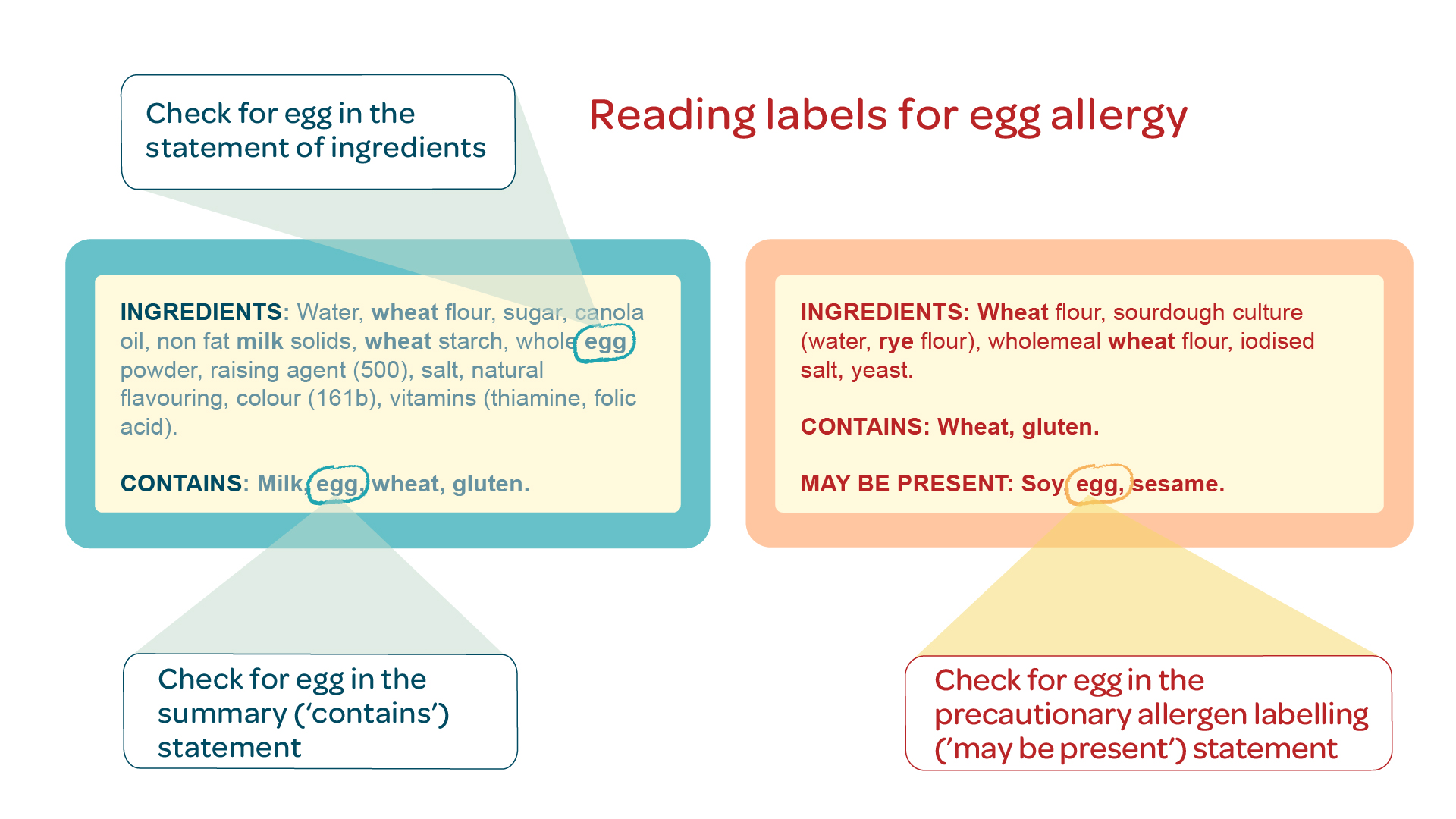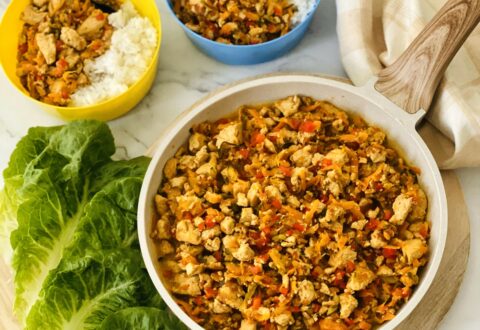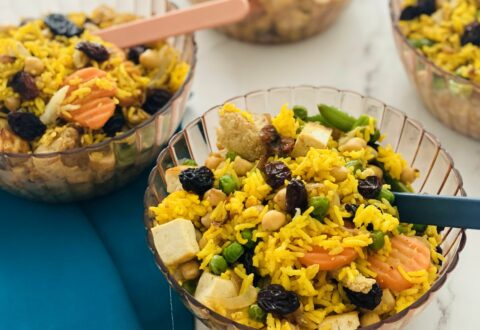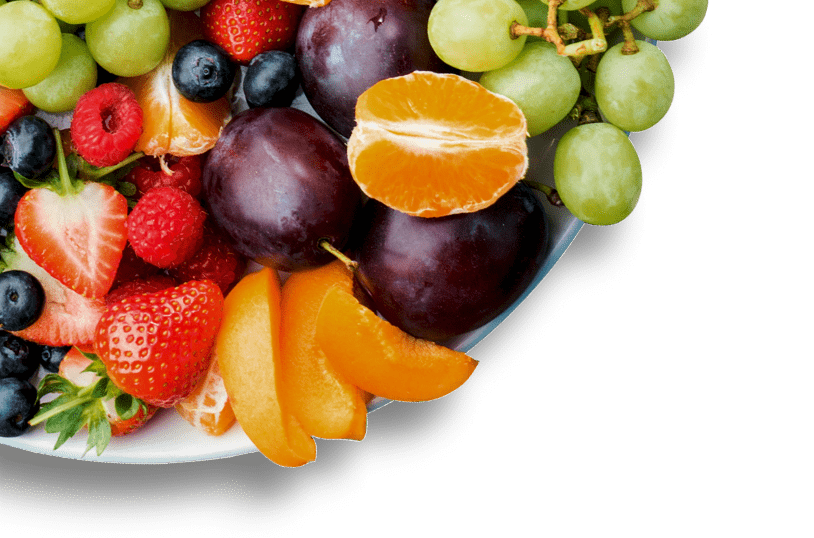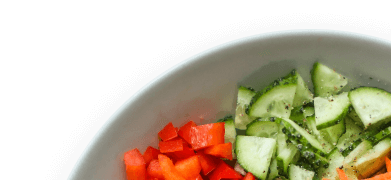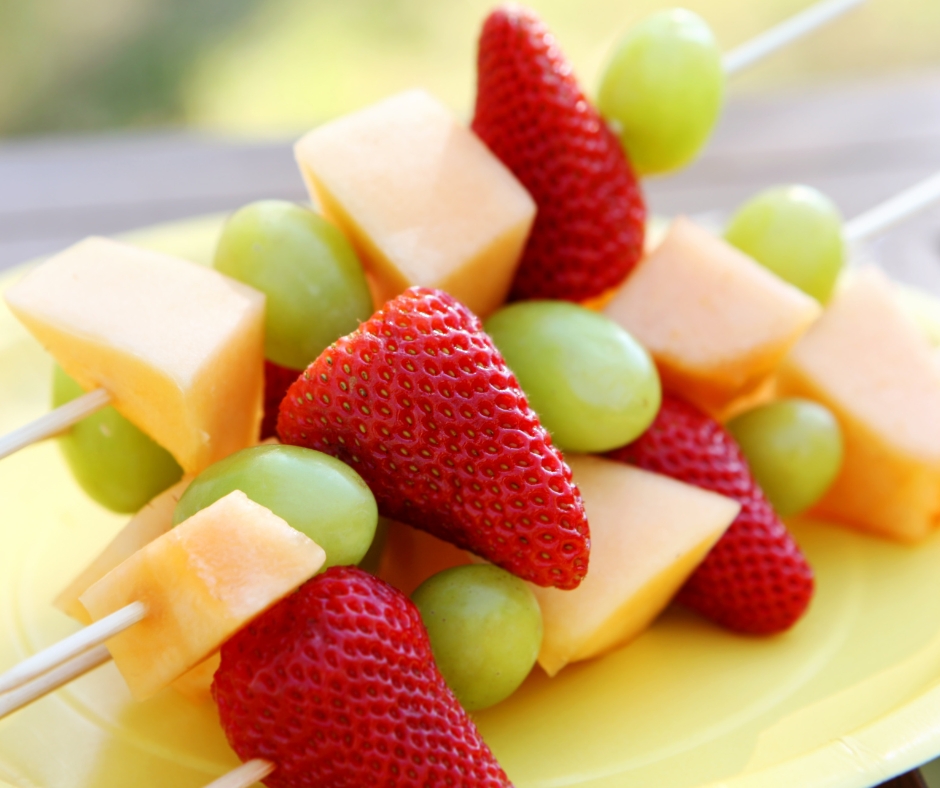Egg allergy
Egg allergy is common in children. The following information will help you plan a menu which caters for children with egg allergy.
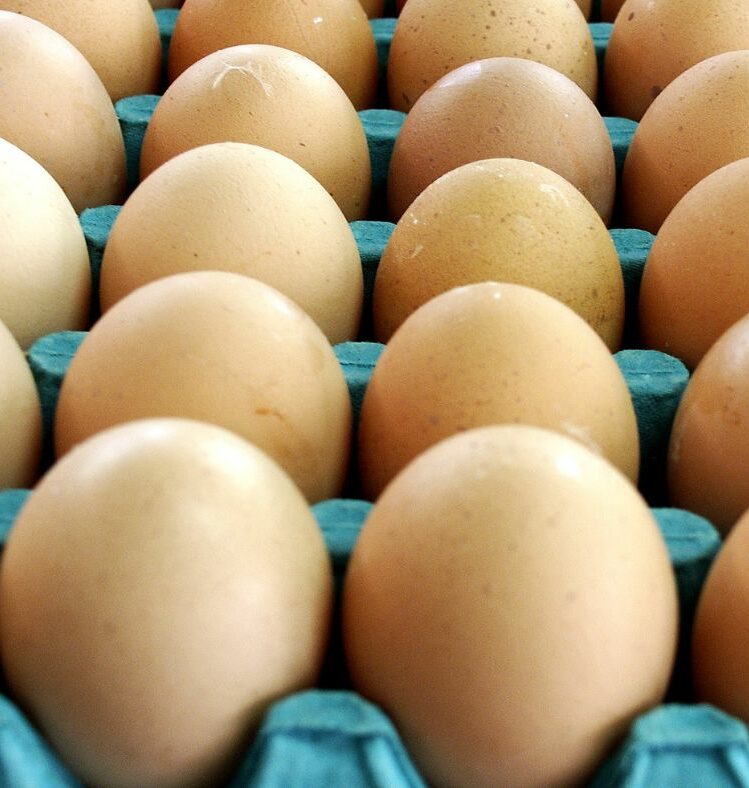
This resource is available as a downloadable file in following languages:
Key Information
- Children with egg allergy must avoid egg and all foods containing egg, including baked egg. This includes eggs from hens, ducks and quail.
- Eggs can be in many foods including bakery products and other packaged foods.
- Egg should not be removed, or banned, from the menu of a long day care centre because it contains important nutrients.
- When egg is used as the main protein in a meal, it is important to replace it with another protein for the children who are allergic to egg.
Providing food and drinks to children with Egg allergy
This fact sheet is for cooks and chefs working in children’s education and care.
All food allergies must be taken seriously, and staff should know how to manage an allergic reaction. For information and guidance about managing food allergy, see the National Allergy Council’s Best Practice guidelines for anaphylaxis prevention and management in children’s education and care.
For more information on preparing and serving food for children with food allergies, complete the National Allergy Council’s All about Allergens for Children’s education and care course and download the National Allergy Council’s All about Allergens for Children’s education and care booklet.
The Healthy Eating Advisory Service course, Managing allergies and other dietary requirements in children’s education and care, should then be completed. You will find a micro-module specific to managing egg allergy within this course.
Egg must be strictly avoided for children with egg allergy while attending an early childhood service. Children who tolerate baked egg, or small amounts of egg as part of a medical allergy treatment program, should only be given those foods at home.
Reading food labels for egg allergy
It is important to check the labels of all packaged foods for egg as an ingredient.
You should also check for precautionary allergen labelling for egg, for example ‘may be present’ or ‘may contain’ statements.
These products must not be given to children with egg allergy.
If you notice a food does not have a label, ask the supplier for a product information form.
You should read food labels for egg as an ingredient each time you purchase the product, when it is delivered, and when you serve the food or before you use it in cooking for a child with egg allergy.
For more information, refer to the Reading food labels for food allergens section of the National Allergy Council’s Food Allergy Aware website.
Foods and drinks that contain egg, or likely to contain egg as an ingredient, are listed below. Check the Menu planning guidelines for long day care for more information on foods to include on your menu as some of the foods listed as examples do not meet the menu planning guidelines.
| Food Group | Foods and drinks containing, or likely to contain, egg. Always check the label |
|---|---|
| Lean meats, poultry, fish, eggs, tofu, nuts and seeds, legumes/beans | • Eggs – poached, boiled, fried, scrambled, omelet • Quiche, egg slice, frittata, egg and bacon pie • Crumbed or battered products • Patties, burgers, sausages • Meatloaf, meatballs • Processed meats |
| Grain (cereal) foods | Fresh egg pasta, some dried pasta and spaghetti Fresh egg noodles, some dried noodles Fried rice or fried noodles Bakery products – some breads and bread rolls French toast Pancakes, pikelets |
| Milk, yoghurt, cheese and/or alternatives | • Some custards • Pudding, mousse • Ice cream, sorbet |
| Fruits and vegetables | • Pre-made salads with egg |
| Cakes, biscuits, and other sweets | • Buns with glazing • Meringue, pavlova • Souffles, flans, tarts • Cakes, muffins, slices |
| Salad dressings and dips | • Some salad dressings • Some dips |
| Soups | • Some soups |
| Jams and spreads | • Lemon Butter |
| Drinks | • Eggflip • Eggnog |
Planning meals for children with egg allergy
Replacing egg on your menu
Eggs contain nutrients for children’s growth and development such as protein, vitamins, and minerals. They should not be removed from the menu of a long day care centre. Children who do not have egg allergy should continue to be served eggs.
When replacing eggs on your menu, remember to check if children have other food allergies. Check that the replacement does not contain those allergens. Below is a list of suggested replacements to use in place of egg.
For more ideas, see the National Allergy Council’s Ingredient Substitution Tool for foods you can use to replace eggs
| Egg product | Suggested replacement |
|---|---|
| Egg - used as a source of protein in a dish | Non-vegetarian options: • Lean meats – beef, chicken, lamb, pork • Fish Vegetarian and vegan options: • Soy based products – tofu, tempeh, textured vegetable protein • Lentils, legumes, chickpeas |
| Egg - used for binding or aerating | • Egg replacer – many brands available • Mashed banana • Apple puree • Flaxseed meal mixed with water • Chia seeds mixed with water • Aquafaba (liquid from canned chickpeas) |
How to change recipes
Here are some examples of how to change a recipe so it is egg free. If a separate meal is required, make meals for children with allergies look like meals served to the rest of the children. This way children with allergies will feel included at mealtimes.
| Recipe | Modification to recipe |
|---|---|
| Homemade cupcakes | Cupcakes usually include egg as an ingredient for binding. Egg is not used as a source of protein. Use mashed banana instead of egg for binding. |
| Meatballs | Meatballs usually include egg as an ingredient for binding. Egg is not the main source of protein in this recipe. Use an egg replacer instead of egg for binding. |
| Egg fried rice | Egg is the main source of protein in this recipe. Replace the egg with another source of protein, for example - chicken, pork, tofu, or butter beans |
Storing, making, and serving food for children with egg allergy
Children with egg allergy can react to very small amounts of egg in their food.
Make sure you have good food allergen management processes to prevent the risk of cross contamination from foods that contain egg.
This includes:
- cleaning surfaces and equipment
- storing food safely for allergies
- preventing cross contamination of food allergens during cooking and serving
- washing hands or changing gloves in between handling different foods.
More helpful resources and information
For more information see the National Allergy Council’s All About Allergens training for Children’s education and care and All about Allergens for Children’s education and care booklet, and the Healthy Eating Advisory Services Managing allergies and other dietary requirements in children’s education and care online course.
Further information and support
Healthy Eating Advisory Service:
- Early childhood services
- Recipes
- Menu planning guidelines for long day care
- Online module: egg allergy
National Allergy Council:
- All About Allergens training for Children’s education and care
- All about Allergens Resource Hub (Children’s Education and Care section)
For more information please phone 1300 22 52 88 or email heas@nnf.org.au
Except where otherwise indicated, the images in this document show models and illustrative settings only, and do not necessarily depict actual services, facilities or recipients of services. This document may contain images of deceased Aboriginal and Torres Strait Islander peoples. In this document, ‘Aboriginal’ refers to both Aboriginal and Torres Strait Islander people. ‘Indigenous’ or ‘Koori/Koorie’ is retained when part of the title of a report, program or quotation. Copyright © State of Victoria 2016
Written and reviewed by dietitians and nutritionists at National Nutrition Foundation, with support from the Victorian Government.

Featured Recipes
Explore all recipes
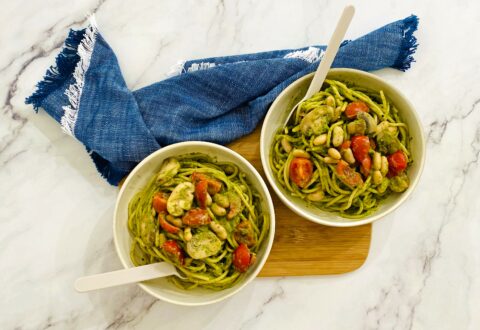
Register your interest
"*" indicates required fields

